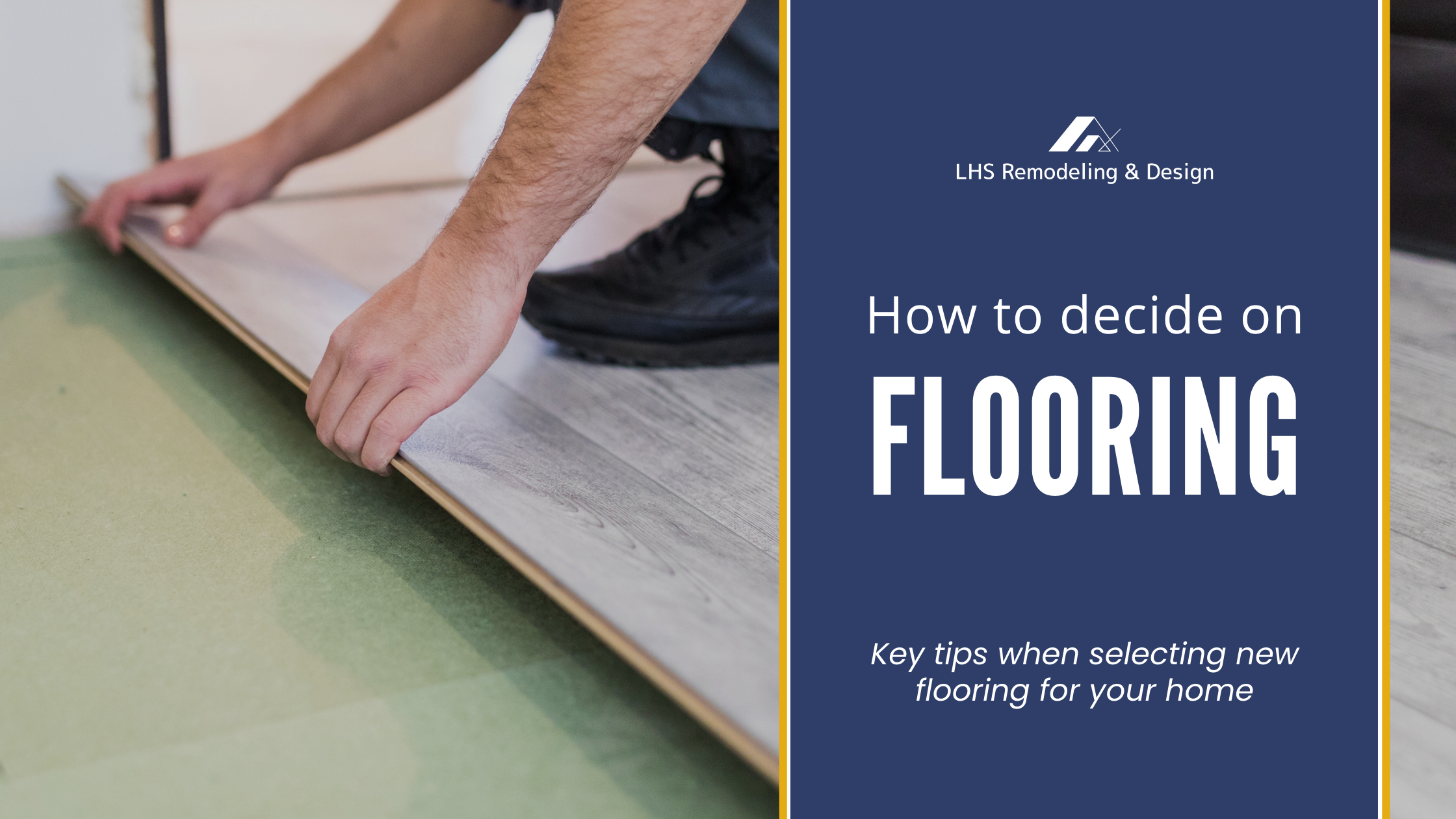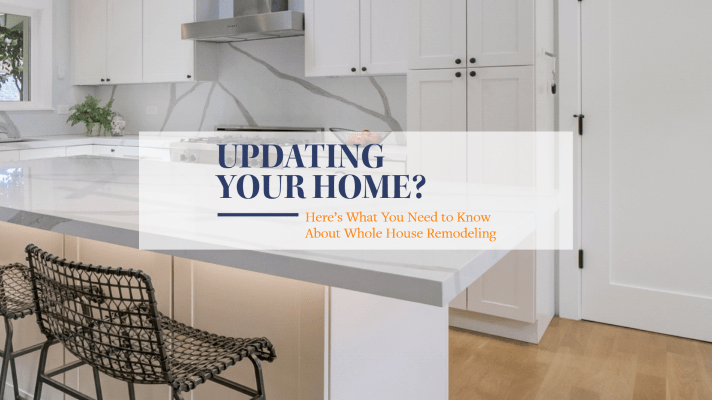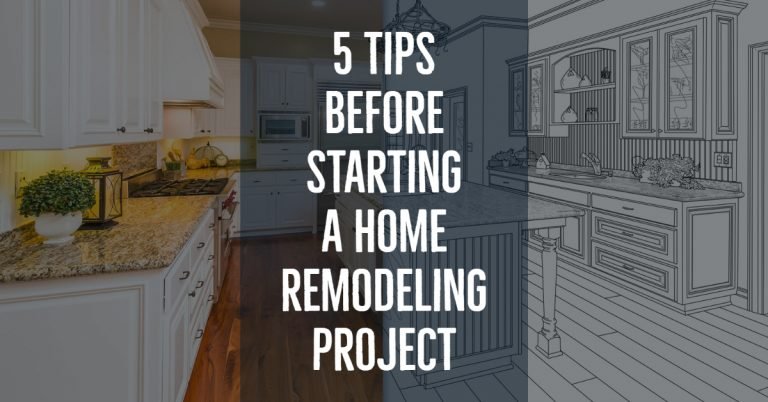How to Decide on Flooring
Investing in new flooring can not only update your home, it will add great value for a future sale. But it is a big decision to make so we’re here to offer some advice. We will discuss material, color, function or usage, and how to select your new flooring by room.
What is the Current State of the Room?
Foot Traffic
Before you dive into colors, grain, or pattern, determine the foot traffic of the room. If this is a room that will be walked through or in-and-out of frequently every day, you need to shop for durability and longevity. Certain hardwood (bamboo, teak, mahogany, Brazilian teak), vinyl flooring, and engineered hardwood can sustain heavy usage over a long period of time. If the room has light foot traffic, you can shop for softer materials such as pine. Bear in mind, hardwood and some vinyl materials can be retreated or refinished down the line.
Lighting and Size
Is this a room that has a lot of bright, natural light? Or does it depend on fixtures and has a naturally lower light setting? Is it a small or large room? Lighter color flooring will make a room appear larger, while dark flooring causes a space to feel smaller. If you opt for a more mid-range color, it can be easier to coordinate with paint and furniture colors over time. There are advantages and disadvantages to every range of color, but focusing on the size and lighting in the room can help narrow down these decisions.
Material
Hardwood
Hardwood flooring is likely the most sought-after for its durability and timeless style. However, it is not suitable for every room. For example, if you have a living space in your basement, hardwood flooring would not be appropriate because of moisture. You can achieve this with installing a subfloor, but your basement must be waterproofed in order for prevent any warping from leaks or flooding. What hardwood should you choose? BobVilla.com states the most popular choices are oak, walnut, hickory, maple, and cherry. You will also have the option of purchasing unfinished hardwood, which allows you to select the stain yourself, or choose pre-finished with stain (less options, but still many to choose from) and a topcoat.
Vinyl Flooring
Vinyl flooring is incredibly durable, even to pets and kids, and can last as long as 20 years if taken care of properly (which is pretty minimal work). The wear layer on top resists scratches and discoloring, and it is completely water resistant which helps give this flooring longevity and room versatility. Vinyl flooring is very suitable to heavily trafficked areas of your home which makes it a popular choice for family households. Similar with hardwood, there is a vast selection to colors and finishes that you choose from. Vinyl flooring is also easy to clean and maintain with mopping the flooring with a simple cleaning solution.
Engineered Hardwood
HGTV describes engineered hardwood as a layered material with a durable core like plywood with a hardwood or bamboo top layer. This gives the appearance of high quality hardwood with more resistance to humidity, but it is more susceptible to scratches because of the soft surface. The installation is unique in that the planks snap-fit together overtop any material, as long as it is even. It can be a more expensive product, but it too can be refinished multiple times over time.
In conclusion, there are of course many options when it comes to flooring these days. By breaking down your choices based on durability, size, and lighting, you can reach a more educated decision. If you want a more professional and personalized input, our team at LHS Remodeling & Design provides a consultation service to help pick the best material and style for your home.







